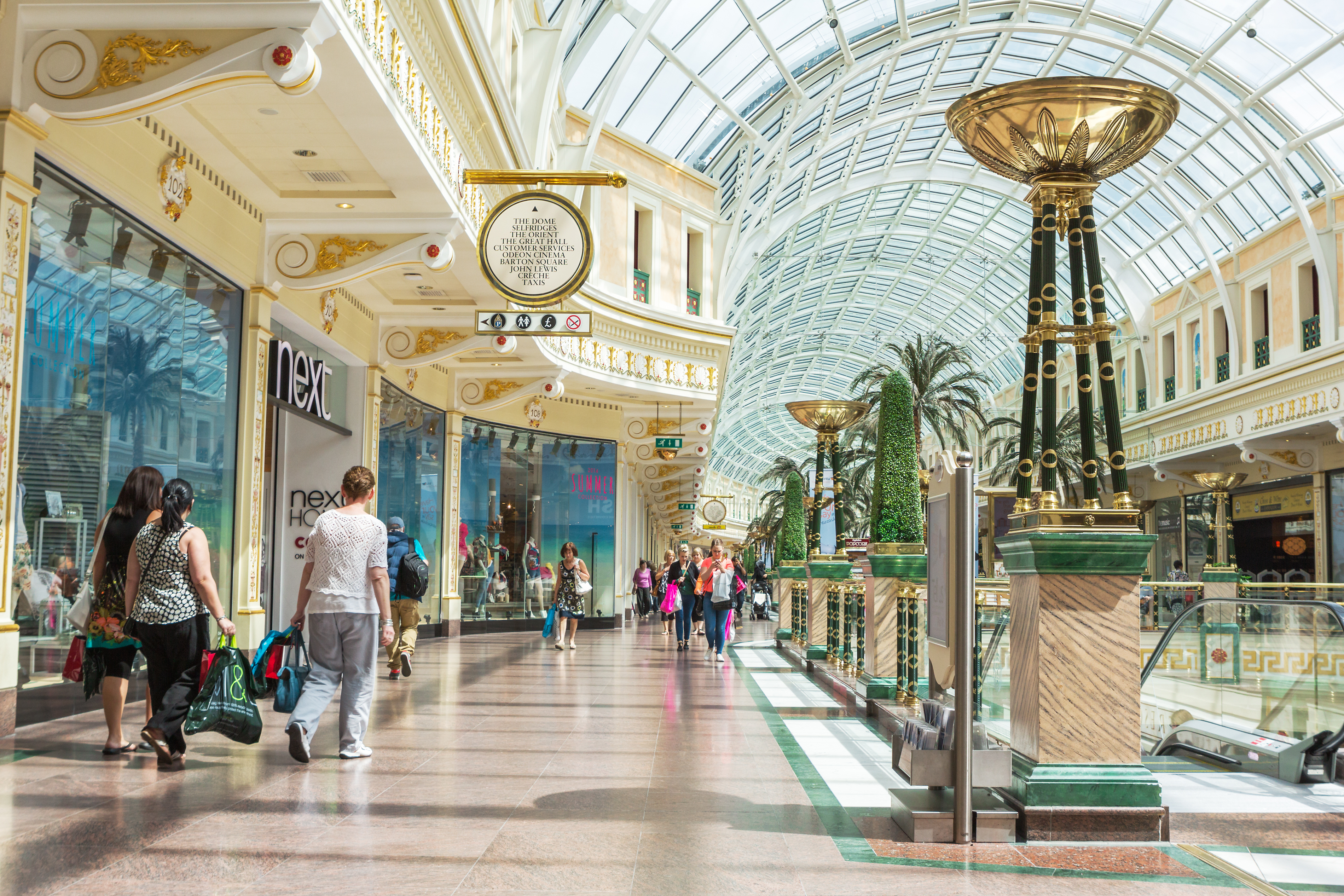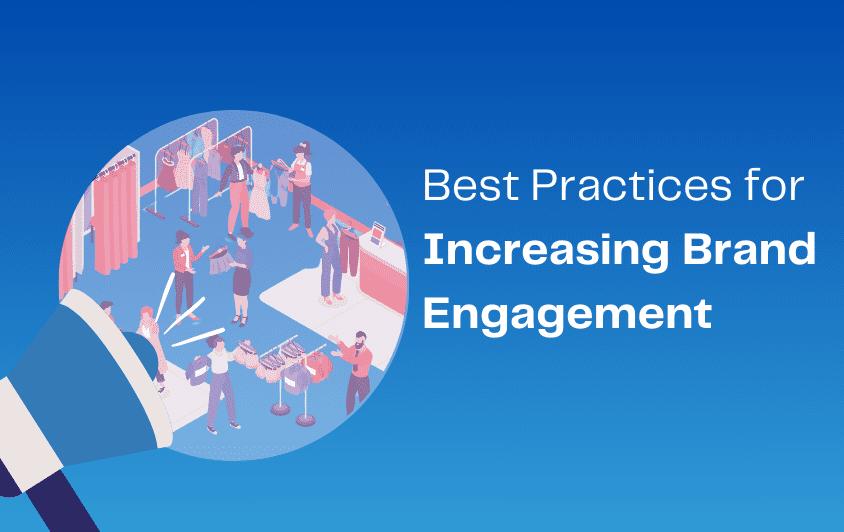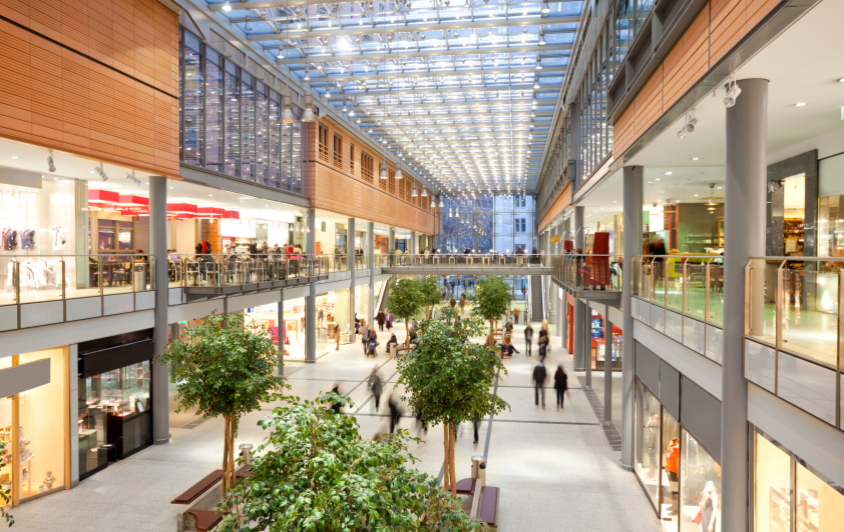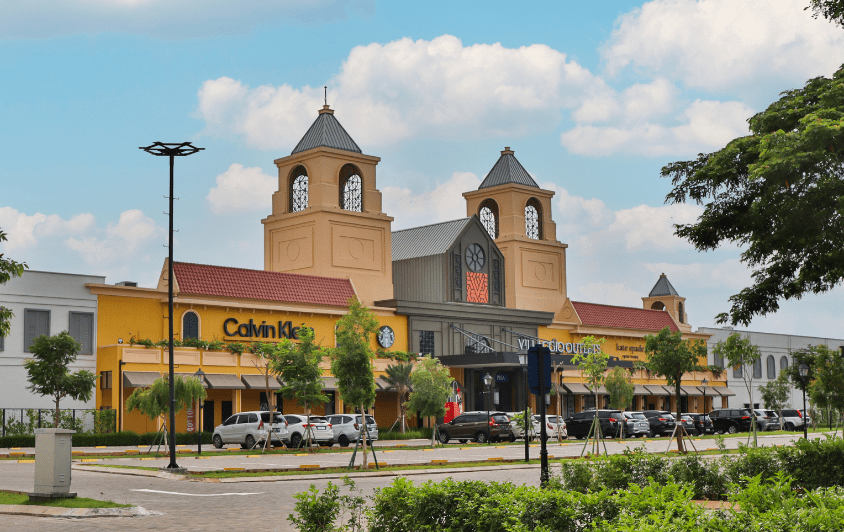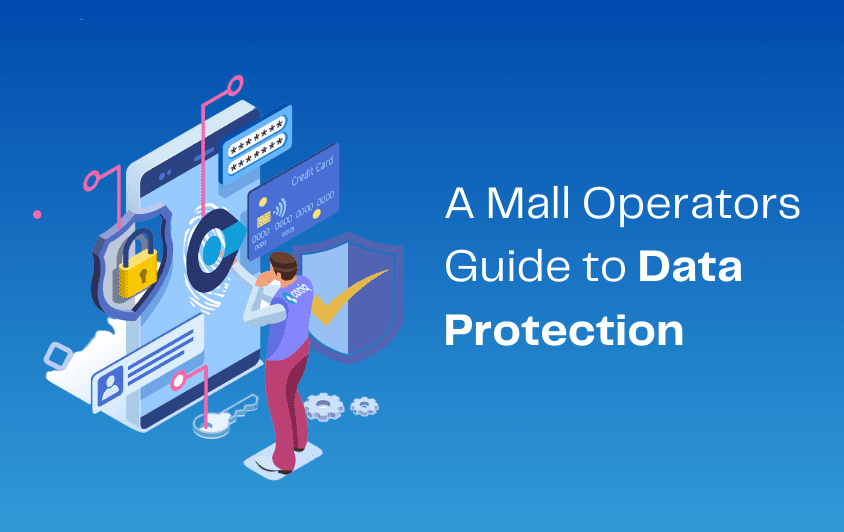COVID-19 has had a prolific impact on retail globally, and though it’s finally concluding, and retailers are eagerly preparing to reopen, all roads are pointing to customer location data as a pivotal element for destinations to bounce back from the past year.
As a result of the pandemic, shopping centres have mostly been closed for over a year, which in turn forced shoppers online. As we near the point of reopening globally, shoppers are gearing up to return to the physical retail space. The question on everyone’s mind is how to engage shoppers that have spent a year doing their essential shopping online?
I have outlined three ways shopping malls and outlets can capitalise on the reopening of retail – and this success requires collecting and using customer location data to understand and engage shoppers.
Shopping destinations find new purpose
It’s simple, really. Retail spaces need to find a new purpose by tapping into their experiential value. Local malls and outlets have the ability to become havens for shoppers craving a variety of amenities under one roof. Gone are the days of retail space being a static structure developed primarily for shopping only. Today, more than ever, people crave the ability to shop, eat, participate in leisure activities and entertainment all in one location.
By understanding more about when people visit, what they are doing including which retailers they are and are not shopping at, can help define and influence the customer experience. Using pop-ups gives you the speed and agility to provide new products and services, while maximising the revenue potential of your entire rental space.
Convenience for customers
As shoppers return to physical retail, they are looking for convenience due to the ease with which they were able to navigate online shopping. It will be important to provide convenience, this can be achieved by knowing the area surrounding your retail destination, and what amenities provide experiences that will entice the customer to return. Due to the stay-at-home orders faced by consumers during the pandemic, there has been a shift to buying locally, which will continue for months.
High Streets are not dying or dead – contrary to popular belief – they are simply asleep, as shops reopen there will be a surge of activity due to the proximity of these areas to residents and visitors. Centres will see quicker recovery due to increased traffic and ease of access for shoppers. But they will only achieve this by providing tangible in store experiences, personalised communications and becoming more than just a place where people shop. This requires understanding the location of shoppers
Know your customers
At the heart of the retail bounce back strategy for destinations is one word – knowledge. Shopping malls and outlets need to know their customers and use this data to bring the centre to them.
To improve the customer experience in a post pandemic world, it will be necessary to track even the smallest changes in customer preferences and enhance the shopping journey for maximum results.
Geo-Loyalty, the convergence of proximity marketing and customer loyalty, empowers shopping destinations to become data driven with insights needed to drive footfall and sales for retailers before, during and after customers visit.
Customer location data collected from Geo-Loyalty provides marketers with a thorough understanding of shopper behaviour and preferences. Including providing answers to these top questions that will transform your customer engagement and loyalty program:
- What shoppers are near my centre but are not entering?
- Where did shoppers come from before entering my centre?
- How many shoppers visit my centre each day/week/month?
- When did they enter my shopping centre?
- What retailers are they visiting?
- What retailers did they buy in?
- How often do my shoppers visit each retailer?
- How many transactions per visit do my customers make?
- Where are shoppers visiting after they leave my centre?
- How long are shoppers staying in my centre?
- Are my customers visiting competing centres?
- What promotions incentivise shoppers to visit and spend in my centre?
- Who are my most loyal customers?
- How quickly do my shoppers return?
- What is the profile of my centre visitors?
Shopping centres are important destinations for people because they provide a place to shop and to be entertained. However, to effectively increase footfall and sales for retailers, it is vital to recognise that the location of customers is paramount to the business performance of malls and outlets.
Organisations that fully leverage the power and value of customer location data will financially bounce back faster because they are able to engage and influence more shoppers to come and spend time and money in their destinations.

